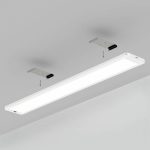Discover the Best LED Light Color for Your Space: Expert Recommendations
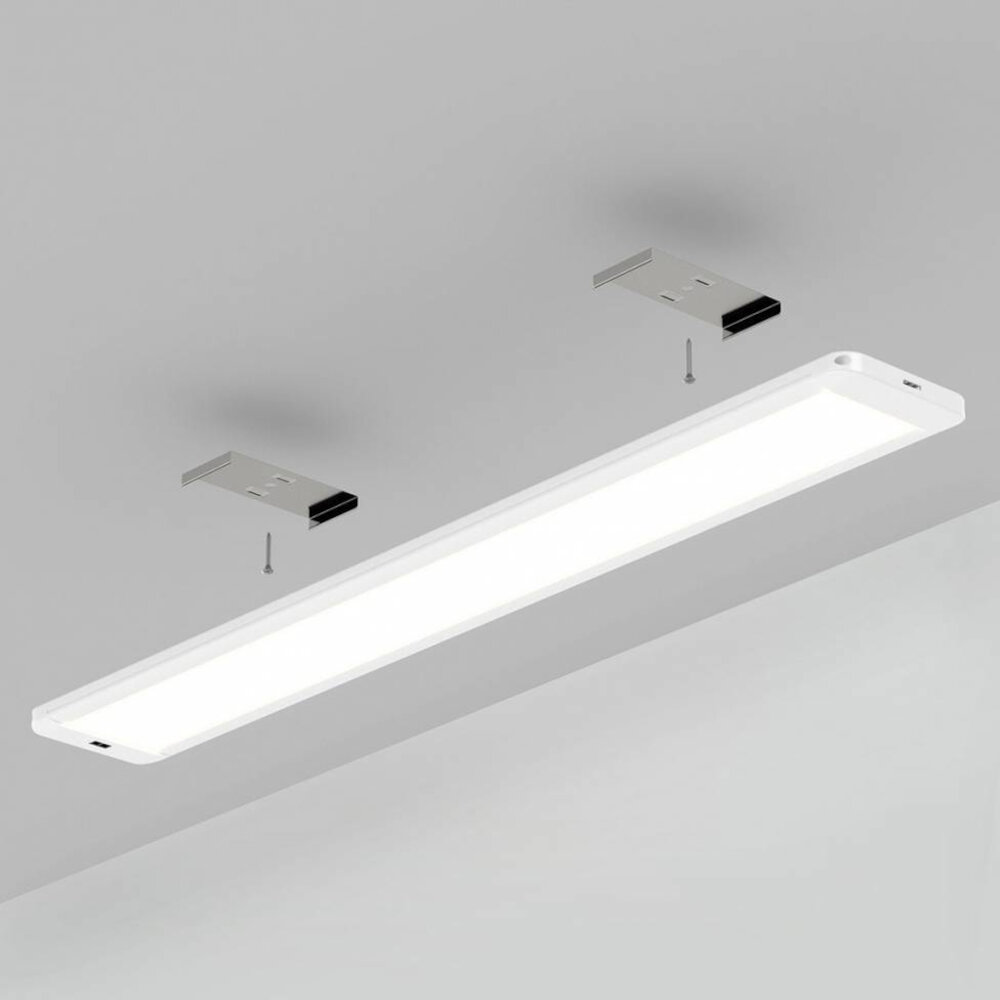
Lighting is an essential aspect of any space, be it a home, office, or commercial building. Not only does it provide illumination, but it also sets the mood and enhances the overall aesthetic appeal of the area. Today, LED lights have become a popular lighting solution due to their energy efficiency, durability, and versatility. However, with so many LED light colors available in the market, it can be overwhelming to choose the perfect one for your space. That’s where expert recommendations come in handy to help you discover the best LED light color for your specific needs. The right LED light color can make all the difference in how your space looks and feels. It can affect your mood, productivity, and even your sleep quality. Whether you want warm, inviting lighting for your living room or bright, energizing illumination for your office, there’s an LED light color that’s perfect for you. In this article, we will explore the different LED light colors available and provide expert recommendations to help you choose the best one for your space. So, let’s dive in and discover the world of LED lighting!
LED light color is the specific hue or shade of light emitted by an LED bulb. It is determined by the wavelength of the light and can range from warm or yellowish tones to cool or bluish tones, as well as everything in between. LED lights come in a variety of colors, including warm white, cool white, daylight, and even colored options like red, green, and blue. The color of LED light can have a significant impact on the ambiance and mood of a space, making it crucial to choose the right color temperature for your needs. Warm white tones are ideal for creating a cozy and inviting atmosphere, while cool white or daylight tones are perfect for task-oriented spaces like kitchens or work areas. With the right LED light color, you can transform any space into a well-lit and inviting environment.
Choosing the right LED light color for your space is crucial, as it can greatly affect the overall ambiance and functionality of the area. The color temperature of the light can influence the mood and atmosphere of the room, ranging from warm and cozy to cool and energizing. For instance, warm white LEDs with a color temperature of 2700K-3000K are ideal for creating a relaxing and comfortable environment in the bedroom or living room. On the other hand, cool white LEDs with a color temperature of 4000K-5000K are better suited for workspaces or task-oriented areas, as they provide a bright and clear illumination that promotes productivity and focus. By selecting the right LED light color for your space, you can enhance its aesthetics and functionality, making it more enjoyable and efficient to use.
Understanding the Science of LED Light Color
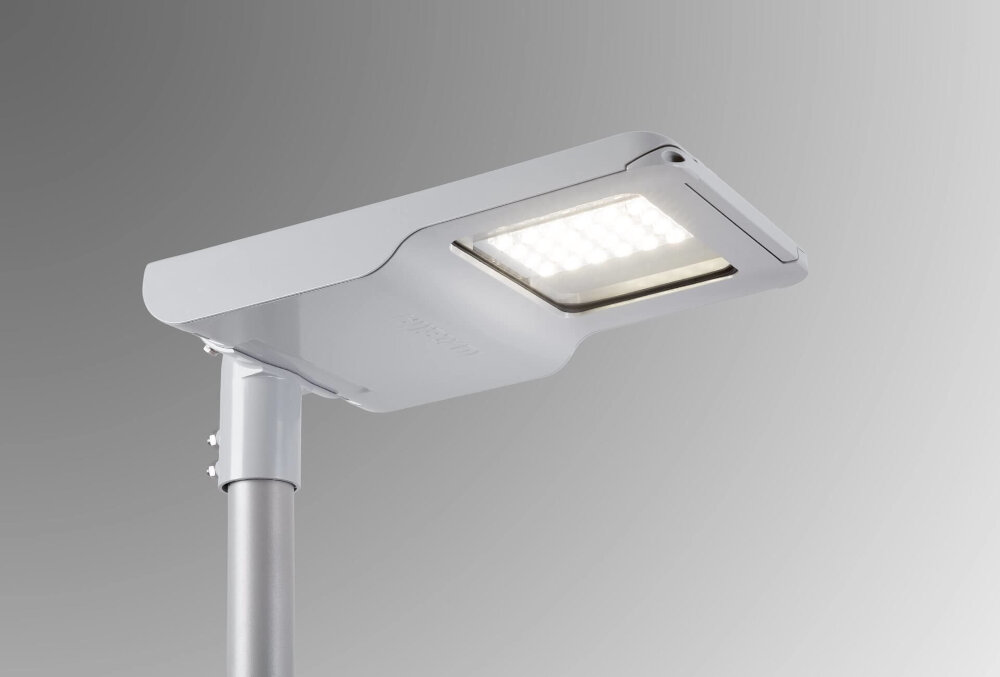
Understanding the science of LED light color is crucial to selecting the best lighting for your space. LED lights are available in a wide range of colors, and each color has its unique characteristics that affect the ambiance and functionality of the space. The science behind LED light color is based on the wavelength of the light, measured in nanometers (nm). The shorter the wavelength, the cooler the color, while longer wavelengths produce warm colors. LED lights come in three primary colors: warm white, cool white, and daylight. Warm white is the most common and produces a cozy, inviting atmosphere, making it ideal for bedrooms, living rooms, and dining areas. Cool white lights have a blue tint that produces a bright, crisp light suitable for task-oriented spaces like offices, kitchens, and bathrooms. Daylight bulbs mimic natural sunlight and have a neutral color temperature that works well in spaces that require a lot of concentration, such as reading rooms and workspaces. By understanding the science of LED light color, you can choose the perfect lighting for your space, which will enhance the overall ambiance and functionality of the room.
LED light color temperature refers to the color of light emitted by a light source, measured in Kelvin (K). Different color temperatures create different moods and atmospheres in a space, making it important to choose the right color for your needs. The lower the number of Kelvin, the warmer and more yellow the light appears, while higher Kelvin numbers produce cooler and bluer light. For example, warm white light with a temperature of 2700K creates a cozy and inviting atmosphere, perfect for living rooms and bedrooms. On the other hand, cool white light with a temperature of 4000K or above is ideal for workspaces and task lighting as it provides a brighter, more energizing light. Ultimately, selecting the right LED light color temperature can enhance the functionality and ambiance of any space.
The color temperature of LED lights has a significant impact on the mood and ambiance of a space. Warm white light with a color temperature of around 2700K creates a cozy and intimate atmosphere, making it ideal for living rooms and bedrooms. On the other hand, cool white light with a color temperature of around 4000K or higher creates a bright and energetic environment, making it perfect for workspaces and kitchens. Daylight white light with a color temperature of around 5000K mimics natural daylight, creating a refreshing and calming ambiance that’s well-suited for bathrooms and outdoor spaces. It’s essential to choose the right LED light color temperature to achieve the desired mood and ambiance in your space.
Different Types of LED Light Colors and Their Uses
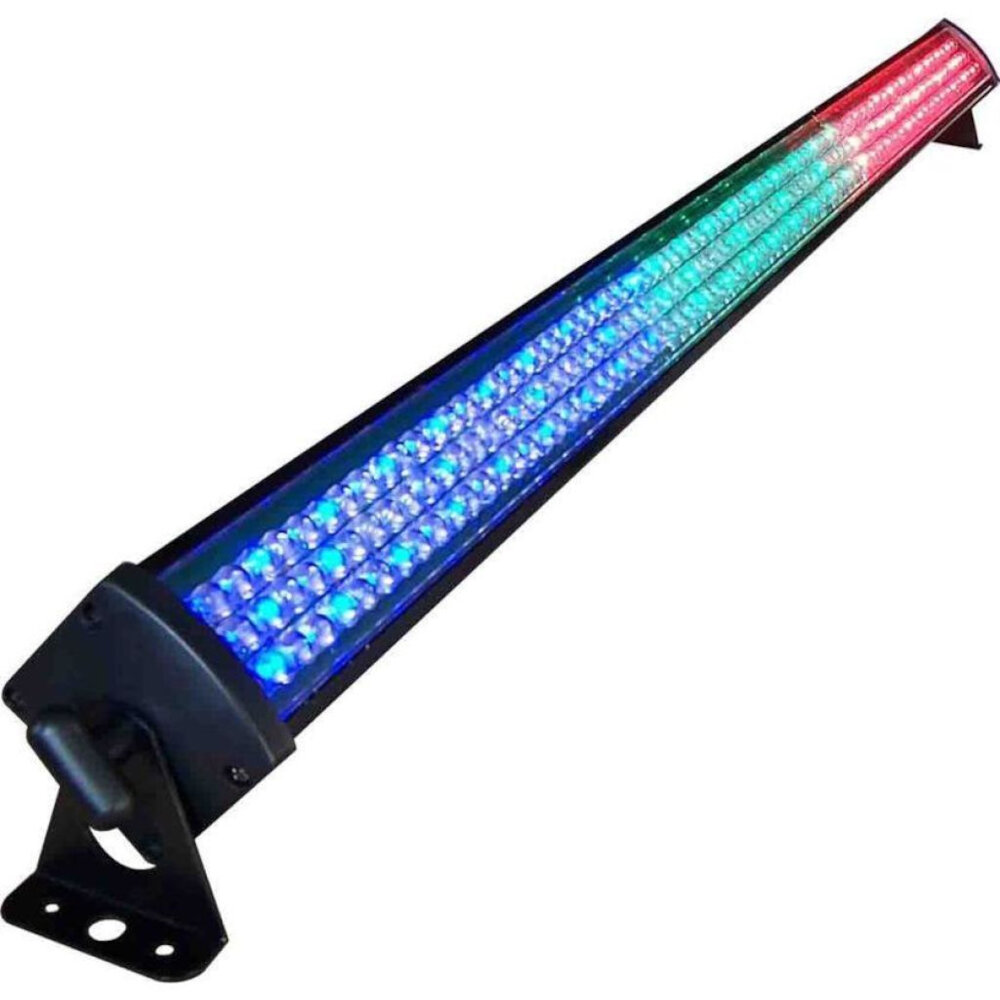
LED lights come in a variety of colors, each with its own unique properties and characteristics. Some of the most common LED light colors include warm white, cool white, daylight, red, green, blue, and multicolor. Warm white LED lights emit a soft, cozy glow that is perfect for creating a relaxing atmosphere in areas such as bedrooms and living rooms. Cool white LED lights, on the other hand, emit a brighter, more vibrant light that is ideal for use in areas such as kitchens and bathrooms where a lot of light is needed. Daylight LED lights are designed to mimic natural sunlight, making them a great choice for workspaces and areas where you need to see things clearly. Red LED lights are often used for decorative purposes, as they provide a warm, inviting glow that can be used to create a cozy ambiance in any room. Green LED lights are often used in outdoor settings, as they provide a natural, soothing light that is easy on the eyes. Blue LED lights are often used in aquariums and other aquatic settings, as they provide a cool, calming light that can help to create a serene environment. Multicolor LED lights are a popular choice for parties and events, as they can be programmed to change colors and create a fun, festive atmosphere. No matter what your lighting needs may be, there is sure to be an LED light color that is perfect for your space. In conclusion, choosing the right LED light color is important for creating the perfect atmosphere in any space. Whether you are looking for a warm, cozy glow or a bright, vibrant light, there is an LED light color that is perfect for your needs. So, take some time to explore the different LED light colors available and find the one that is right for you. With the right LED light color, you can create a space that is not only functional but also comfortable and inviting.
Warm white LED light is a popular choice for creating a cozy and inviting atmosphere in any space. This type of LED light emits a soft, yellowish glow that mimics the warm and comforting feeling of natural sunlight. Warm white LED light is often used in residential settings, such as bedrooms, living rooms, and dining rooms, as well as in hospitality spaces like hotels and restaurants. It can also be used in commercial spaces to create a welcoming and inviting environment for customers. One of the benefits of warm white LED light is that it can make a space feel more intimate and comfortable, which can be especially beneficial in areas where people want to relax and unwind.
Cool white LED light is a popular choice for spaces that require bright and crisp lighting. With a color temperature ranging from 4000 to 5000K, cool white LED light provides a cool, blue-white glow that is perfect for workspaces, kitchens, and bathrooms. This type of lighting is known for its ability to increase focus and productivity, making it a great option for offices and study areas. Additionally, cool white LED light can help create a modern and sleek look in any room. However, it may not be the best choice for spaces where relaxation and comfort are the main priorities, such as bedrooms or living rooms.
Daylight LED lights are a fantastic lighting option for spaces that require bright, natural-looking light. With a color temperature of around 5000 Kelvin, daylight LED lights emit a crisp, cool white light that mimics the natural light of the sun. This makes them perfect for use in spaces where color accuracy is essential, such as art studios, makeup rooms, and offices. Daylight LEDs are also an excellent choice for any space where people need to stay alert and focused, as the bright, cool light can help to boost energy levels and reduce eye strain. Overall, if you’re looking for a lighting option that provides bright, natural-looking light, daylight LED lights are an excellent choice.
Colored LED lights are an excellent way to add a pop of color to any space. Whether you’re looking to create a relaxing atmosphere with soft blues and greens or add a vibrant touch with bold reds and oranges, LED lights offer endless possibilities. These lights are not only energy-efficient but also come in a variety of shapes and sizes, making them perfect for any room. From accenting artwork to highlighting architectural features, colored LED lights can transform any space into a unique and inviting environment. With expert recommendations, finding the best LED light color for your space has never been easier.
The color of LED lights can have a significant impact on the ambiance and functionality of a space. Warm white LED lights, with a color temperature of around 2700-3000K, are best suited for areas where relaxation and comfort are the priority, such as bedrooms, living rooms, and dining areas. Cool white LED lights, with a color temperature of around 4000-4500K, are ideal for task-oriented spaces such as kitchens, offices, and workshops, as they provide a bright, energizing light. Daylight white LED lights, with a color temperature of around 5000-6500K, are perfect for spaces where natural light is limited, such as basements or windowless rooms, as they mimic natural daylight and provide a balanced, neutral light. Finally, colored LED lights can add a fun and creative touch to any space, whether it’s a party, holiday decoration, or mood lighting in a bedroom or bathroom.
Factors to Consider When Choosing LED Light Color for Your Space
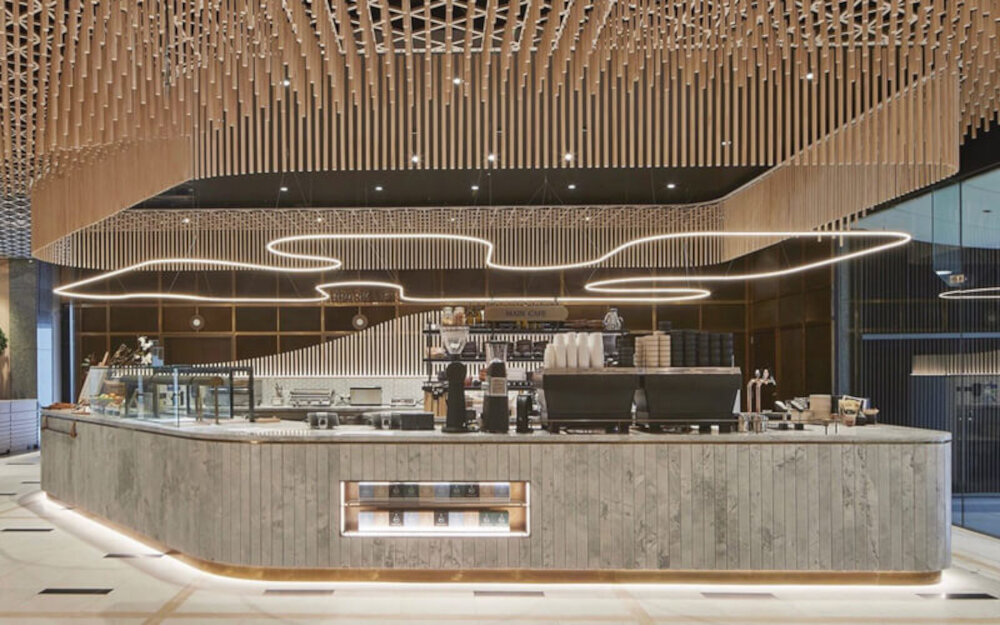
When it comes to choosing the LED light color for your space, there are several factors to consider. The first and most important factor is the purpose of the space. For instance, if you are designing a bedroom, you need to create a warm and cozy environment, so you should opt for a warmer LED light color, such as yellow or orange. On the other hand, if you are designing a workspace, you need to choose a cooler LED light color, such as blue or white, to promote productivity and alertness. Another factor to consider when selecting LED light color is the mood you want to create in the space. Different LED light colors can evoke different emotions and moods. For example, blue LED light can create a calm and soothing atmosphere, while yellow LED light can make a space feel cheerful and inviting. Additionally, red LED light can create a warm and romantic atmosphere, while green LED light can make a space feel fresh and lively. By choosing the right LED light color, you can create a unique and personalized atmosphere that reflects your style and personality.
The size of the room plays a significant role in determining the ideal LED light color for your space. If the room is small, warm colors such as yellow or orange can create a cozy and intimate atmosphere. However, if the room is large, cool colors such as blue or green can provide a refreshing and calming ambiance. It’s essential to consider the purpose of the room when selecting the appropriate LED light color. For example, a study room may benefit from a cool white light to increase focus and concentration, while a bedroom may require a warmer light to promote relaxation and sleep. Ultimately, the size of the room should be taken into account when selecting the perfect LED light color for your space.
The purpose of a room is often multifaceted, and the lighting in the room can greatly impact the function of the space. Whether it’s a bedroom, living room, or workspace, the lighting can affect the mood, productivity, and overall atmosphere of the room. When it comes to choosing the best LED light color for your space, it’s important to consider the intended use of the room. For example, a warm and cozy light may be best for a bedroom, while a cool and bright light may be ideal for a workspace. By carefully considering the purpose of the room, you can choose the best LED light color to create a comfortable and functional space that meets your needs.
Before choosing the LED light color for your space, it’s important to consider your existing decor and color scheme. The lighting should complement the overall aesthetic of the room and enhance its ambiance. If your decor is modern and minimalistic, a cool white or daylight LED would be a great choice, as it adds brightness and clarity to the space. For a warmer, cozier feel, a soft white LED would be ideal, especially if your color scheme consists of warm tones like beige, brown, and orange. Additionally, if you have accent pieces or artwork that you want to highlight, a color-changing LED can be a fun and creative way to draw attention to those elements. By taking your existing decor and color scheme into account, you can create a cohesive and visually appealing space with the perfect LED lighting.
Personal preference plays a crucial role in determining the best LED light color for your space. Some people prefer warmer light tones that emit a cozy and relaxing ambiance, while others opt for cooler tones that evoke a bright and refreshing atmosphere. The choice of LED light color can also depend on the room’s purpose and the mood you want to create. For instance, warm and dim lighting in the bedroom can promote better sleep quality, while bright and cool lighting in the kitchen can enhance productivity and energize the space. Ultimately, it’s about finding the LED light color that resonates with your personal taste and meets your lighting needs.
Expert Recommendations for LED Light Color in Different Spaces
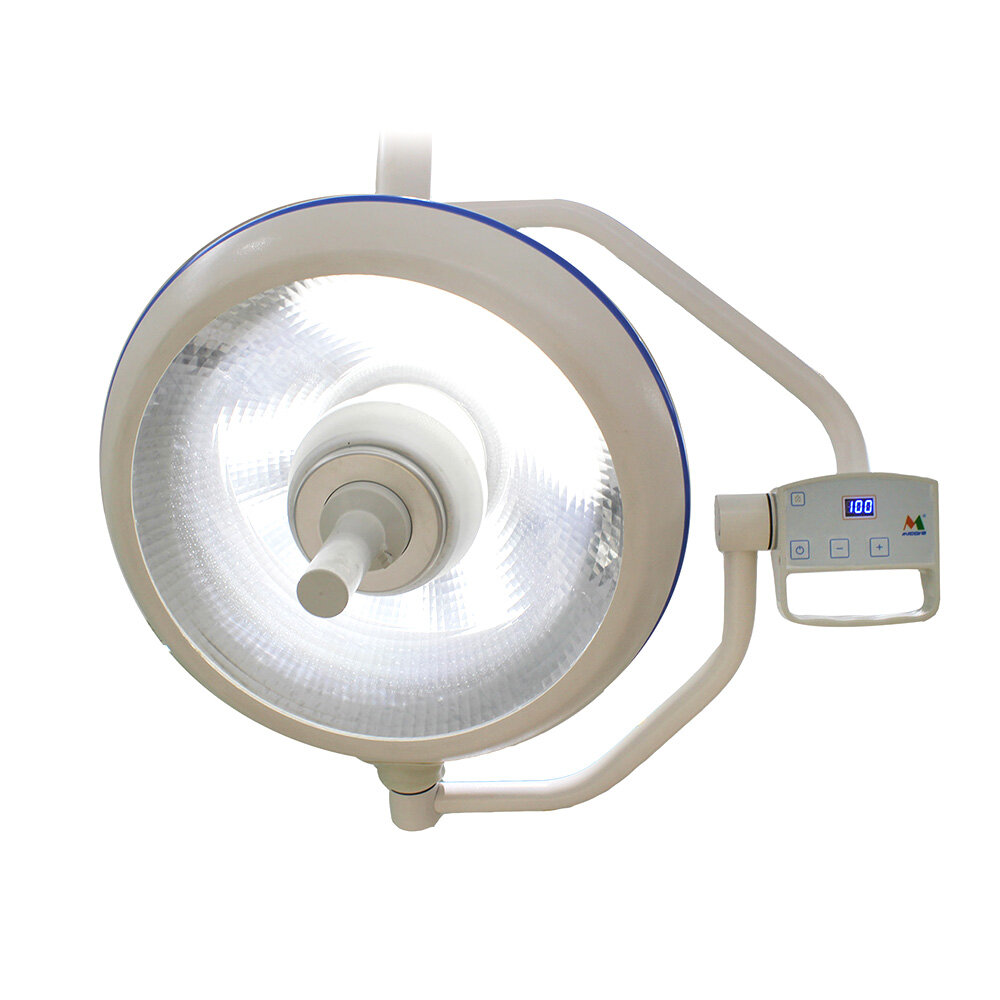
Choosing the right LED light color for different spaces is essential to create the perfect ambiance and mood. Experts recommend using warm white or soft white LED lights for living rooms, bedrooms, and other relaxing spaces. These colors provide a warm and cozy atmosphere that helps to relieve stress and promote relaxation. Additionally, these colors are suitable for areas where you spend a lot of time, such as reading nooks and home offices, as they are easy on the eyes and reduce eye strain. For areas that require more focus and concentration, such as kitchens, bathrooms, and workspaces, experts recommend using cool white or daylight LED lights. These colors provide a brighter and more energetic atmosphere, making it easier to perform tasks and stay alert. Furthermore, these colors are excellent for spaces where you need to see things clearly, such as when cooking, applying makeup, or working on projects. Overall, choosing the right LED light color is crucial to creating the perfect ambiance and enhancing the functionality of different spaces. With expert recommendations, you can achieve the ideal lighting solution for your home or office.
The living room is often considered the heart of the home, where friends and family gather to relax and socialize. This space should be comfortable and inviting, with the right ambiance and lighting playing a crucial role in achieving this. When it comes to choosing the best LED light color for your living room, it’s important to consider the mood and atmosphere you want to create. Warm, soft yellow tones can create a cozy and intimate feel, while cool, blue-toned whites can give a more modern and sophisticated look. Ultimately, the best LED light color for your living room will depend on your personal style and preferences, as well as the overall design and decor of your space.
The bedroom is a sanctuary for relaxation and rest, and choosing the right LED light color can make a significant impact on the atmosphere of the space. Soft, warm tones such as amber or yellow are ideal for creating a cozy and calming environment, perfect for winding down after a long day. Alternatively, cool tones like blue or green can promote a feeling of tranquility and serenity, helping to create a peaceful atmosphere that promotes a good night’s sleep. When selecting the perfect LED light color for your bedroom, it’s important to consider your personal preferences and the mood you want to create in the space.
The kitchen is a space in the home where functionality and ambiance are equally important. It is a place where meals are prepared, shared, and enjoyed. When it comes to choosing the best LED light color for this space, it is important to consider both the practical and aesthetic aspects of lighting. A cool white or daylight LED light color is ideal for the kitchen, as it provides a bright and energizing atmosphere for cooking and food preparation. Additionally, this color temperature helps to enhance the natural colors of food, making them appear more vibrant and appetizing. Overall, choosing the right LED light color can transform the kitchen into a functional and inviting space.
When it comes to the bathroom, LED lighting can make all the difference. Not only is it energy-efficient and long-lasting, but it can also create a relaxing and spa-like atmosphere. For this space, it’s best to choose a cool white or daylight LED light color, which will provide the necessary brightness for grooming and makeup application. Additionally, these cooler tones can help create a clean and refreshing feel in the bathroom. However, if you want to add some warmth and ambiance, consider incorporating LED accent lighting in a warmer tone, such as a soft white or even a warm yellow. Overall, the right LED lighting can transform your bathroom into a functional and inviting space.
The office is a place where people spend a significant amount of their time, and having the right lighting can make all the difference. LED lights are a popular choice for offices due to their energy efficiency and low maintenance requirements. When choosing the best LED light color for your office, it’s essential to consider the type of work being done in the space. For example, cooler light colors like daylight or cool white are ideal for tasks that require focus and attention to detail, such as reading, writing, or computer work. On the other hand, warm light colors like soft white or warm white are better suited for areas where employees interact or relax, such as break rooms or lounges. Ultimately, selecting the right LED light color can improve productivity, mood, and overall well-being in the workplace.
Choosing the right LED light color for your space is of utmost importance not only for aesthetic purposes but also for your mental and physical well-being. The color temperature of LED lights can affect your mood, productivity, and even your sleep quality. For example, warm white lights (2700K-3000K) are ideal for creating a cozy and relaxing ambiance in your bedroom or living room, while cool white lights (4000K-5000K) are perfect for task-oriented areas like your home office or kitchen. Additionally, daylight white lights (5000K-6500K) can enhance alertness and focus, making them ideal for workspaces or areas where you need to stay alert. Therefore, choosing the right LED light color can significantly impact your mood and productivity, making it essential to consider when selecting lighting options for your space.
After considering various factors such as the purpose of the space, the mood you want to create, and the activities that will be performed, it is recommended to choose LED light colors that enhance the functionality and aesthetics of your space. For instance, warm white is ideal for creating a cozy and intimate atmosphere, while cool white is suitable for task-oriented areas such as kitchens and workspaces. Additionally, color-changing LED lights can provide versatility and allow you to adjust the ambiance according to your preference. It is crucial to pay attention to the color temperature and the color rendering index (CRI) when selecting LED light bulbs to ensure that they provide the right amount of light and accurately showcase the colors in your space. By taking these factors into account, you can find the perfect LED light color that will enhance the functionality and visual appeal of your space.
Conclusion
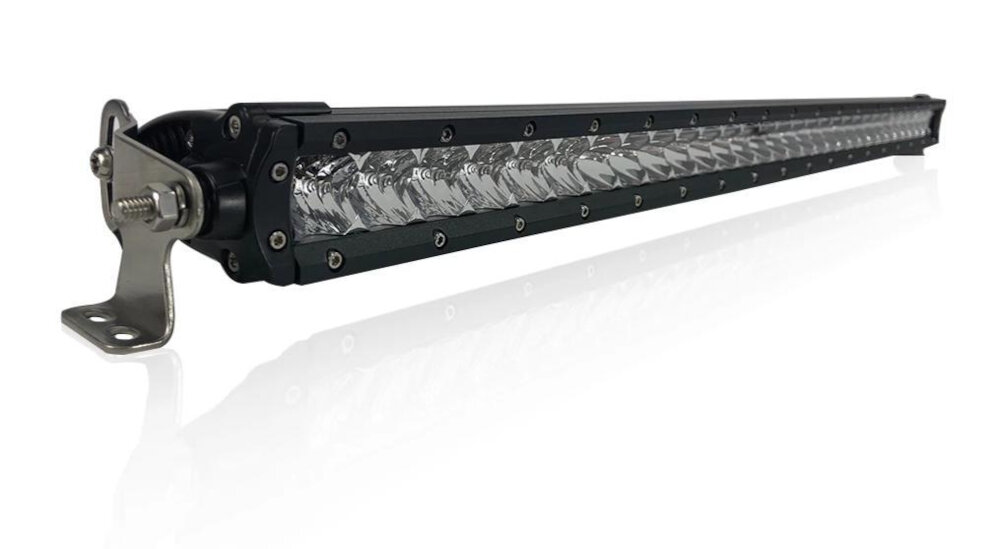
In conclusion, selecting the perfect LED light color for your space is crucial in setting the right atmosphere and mood. With the expert recommendations provided, you can now confidently choose the ideal light color that complements your decor and meets your lighting needs. Remember to consider the purpose of each room, the time of day, and the natural light available to make the most of your LED lighting. Whether it’s warm, cool or neutral, the right LED light color can transform your space into a cozy sanctuary or a productive workspace. So, go ahead and experiment with different LED light colors to find the perfect fit for your home or office.


